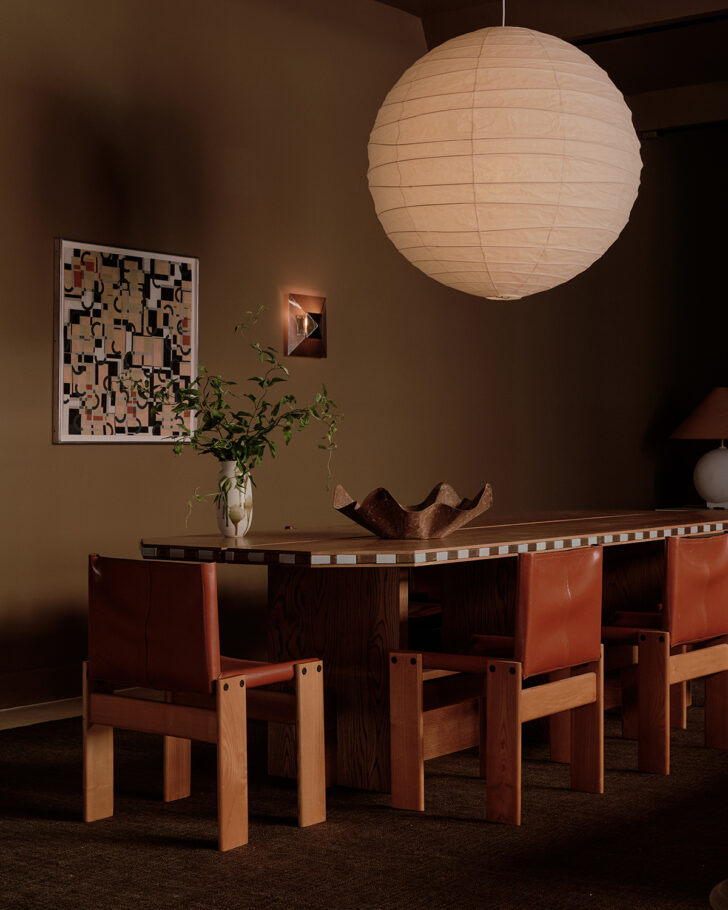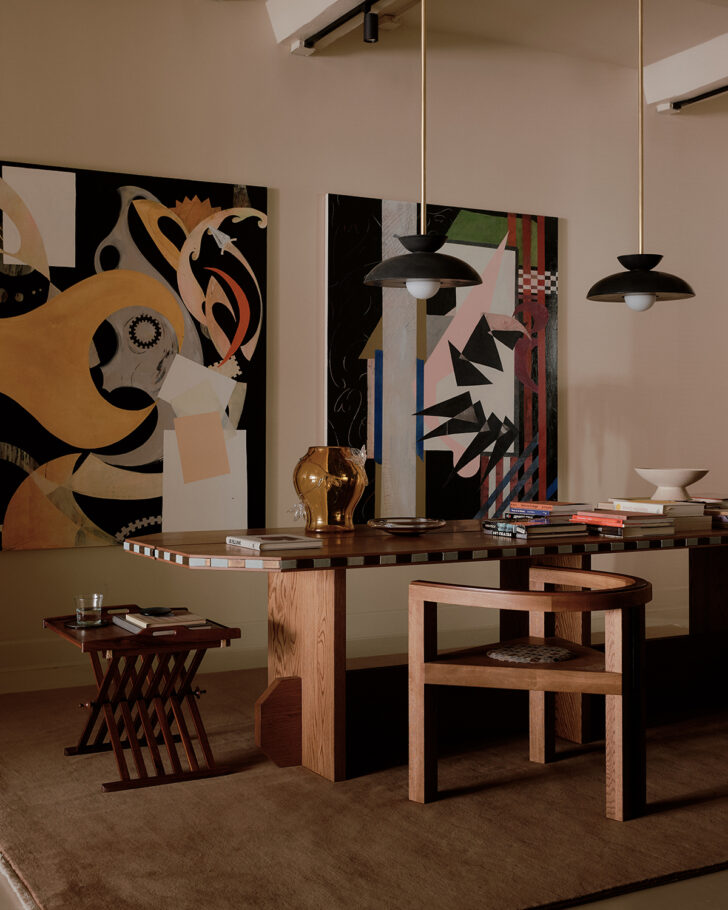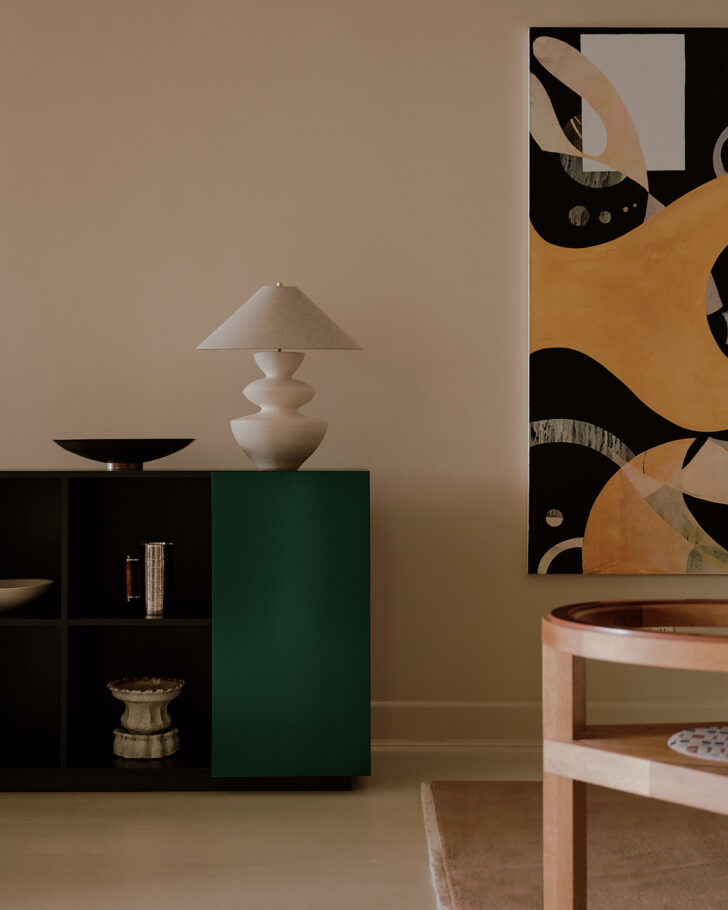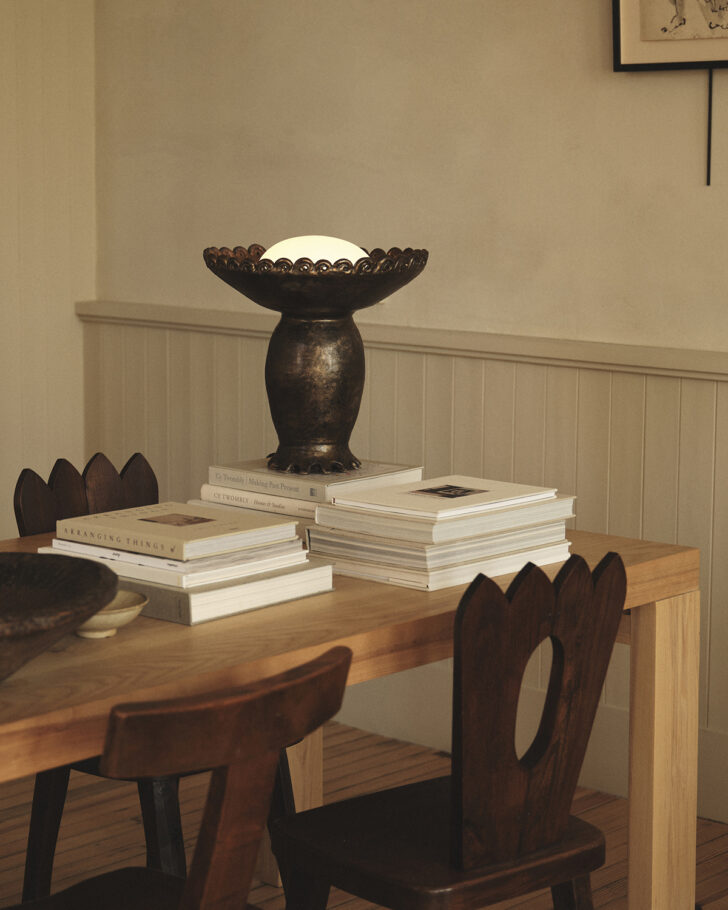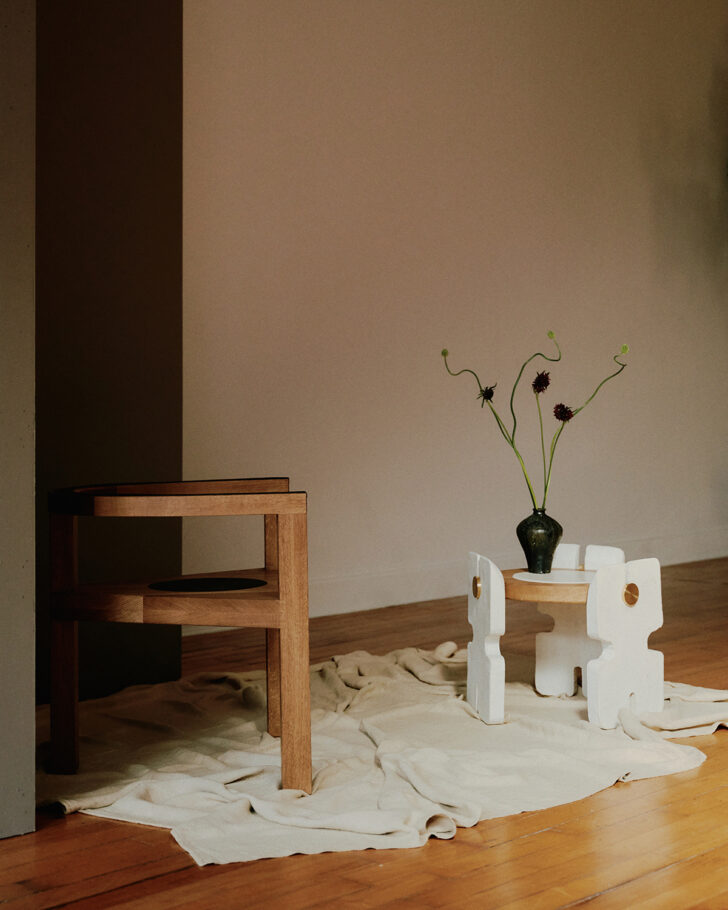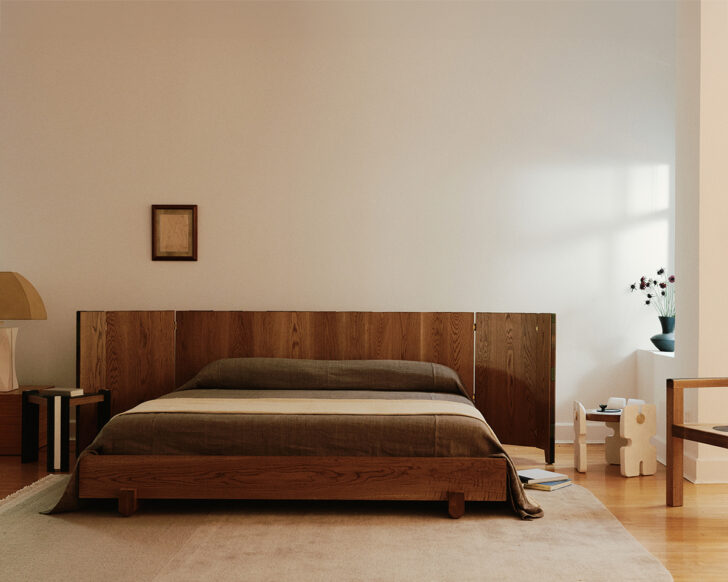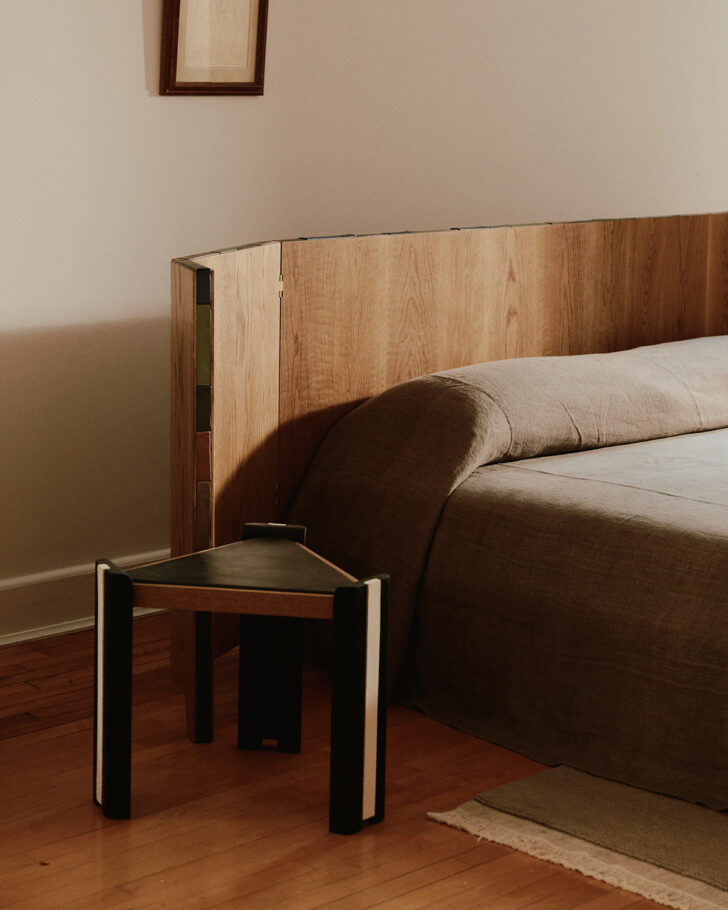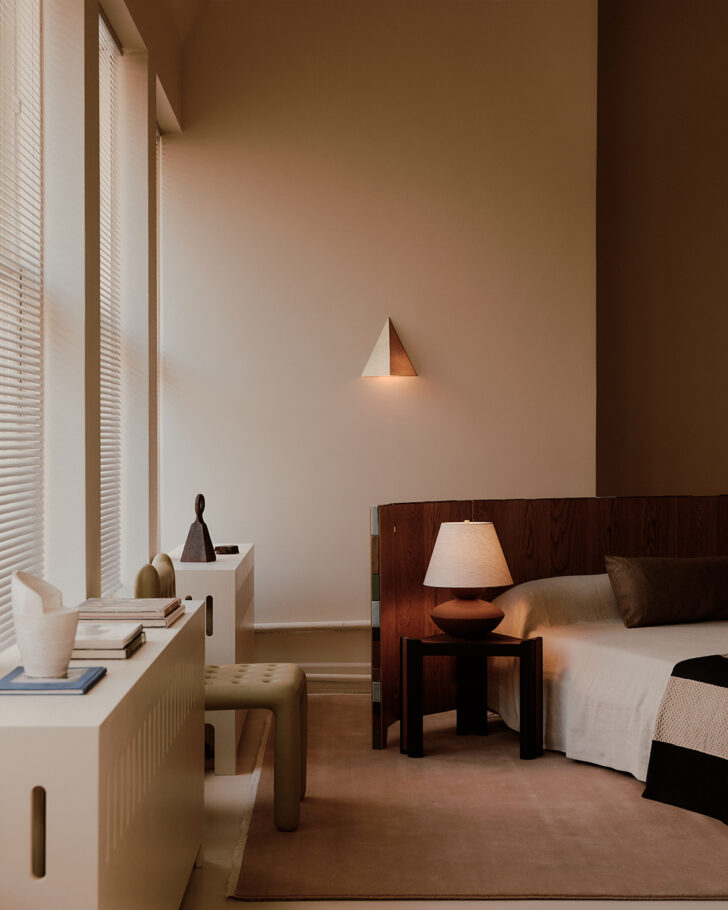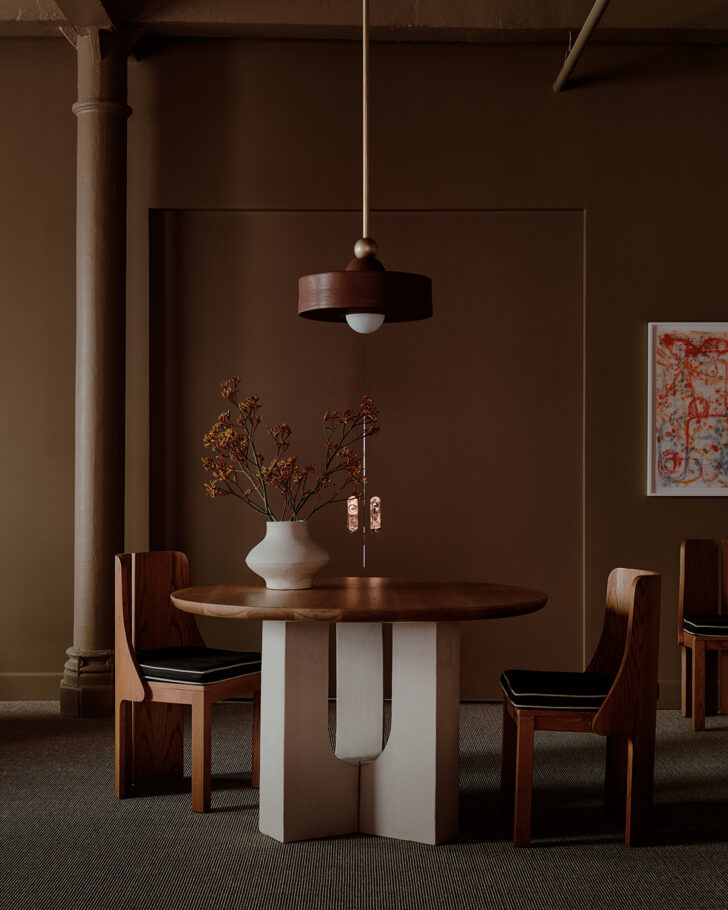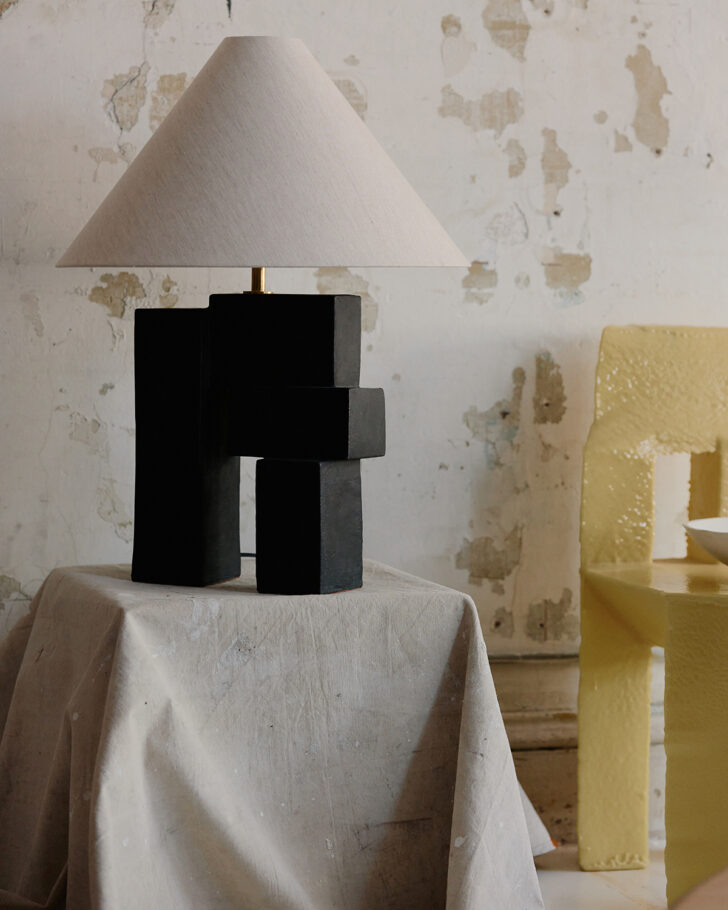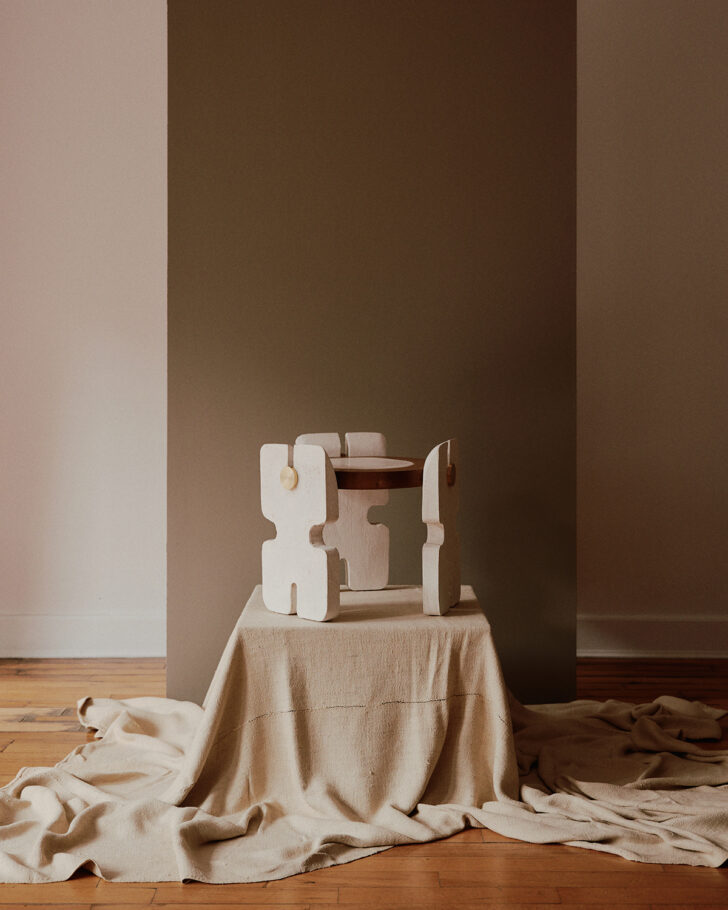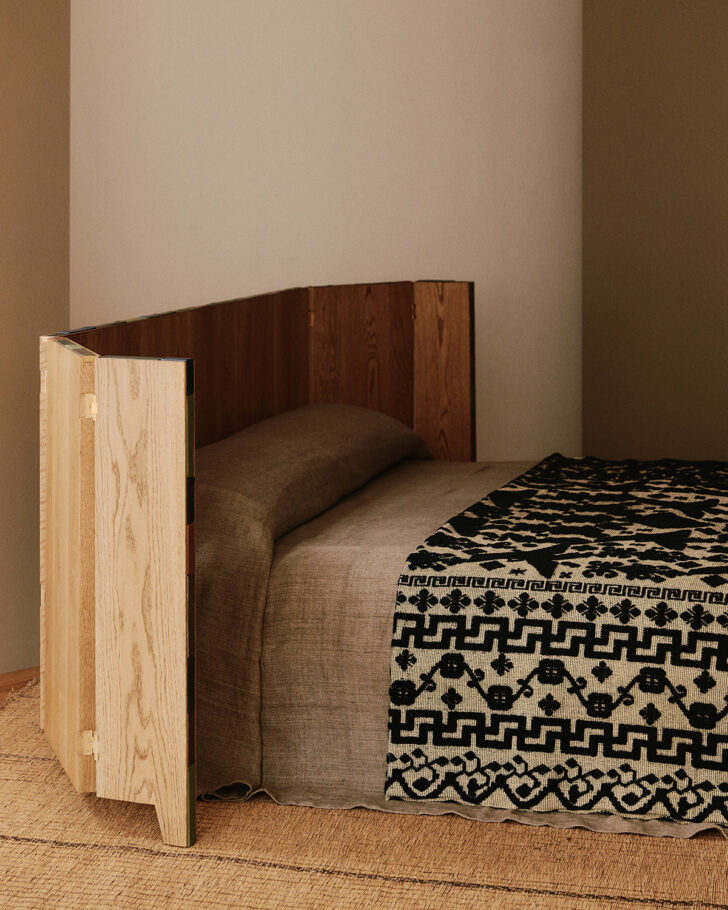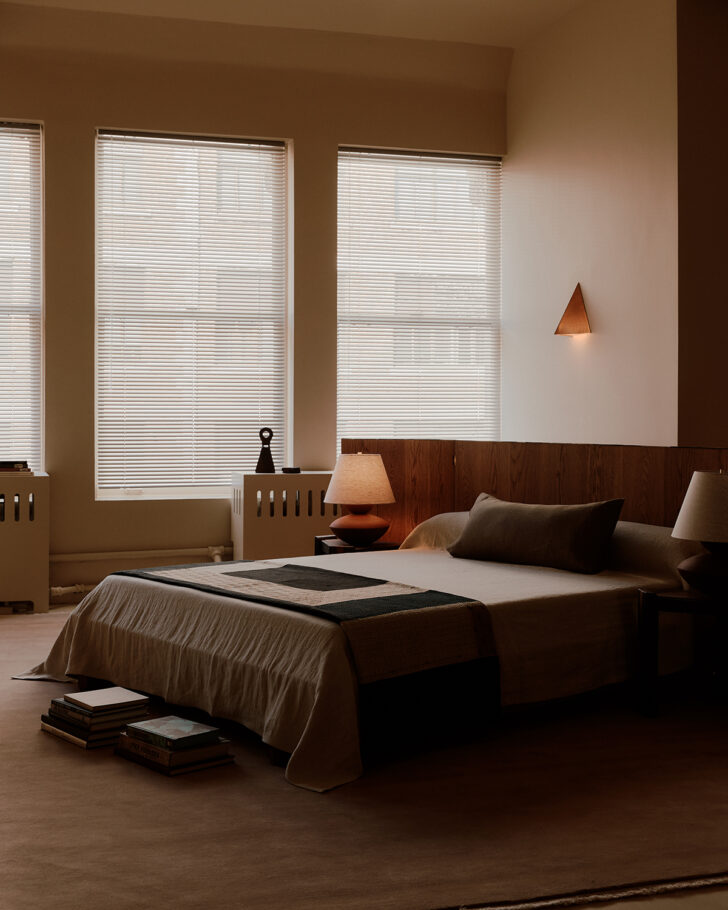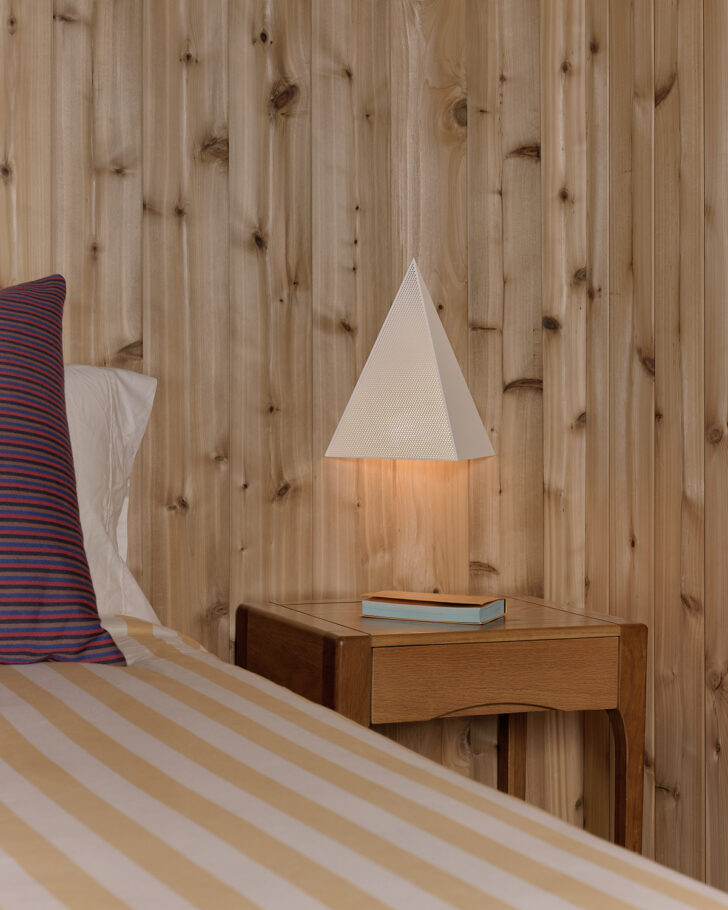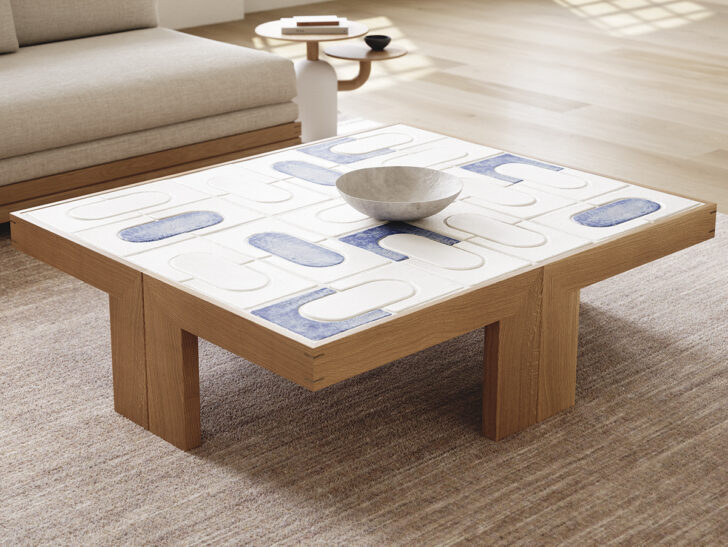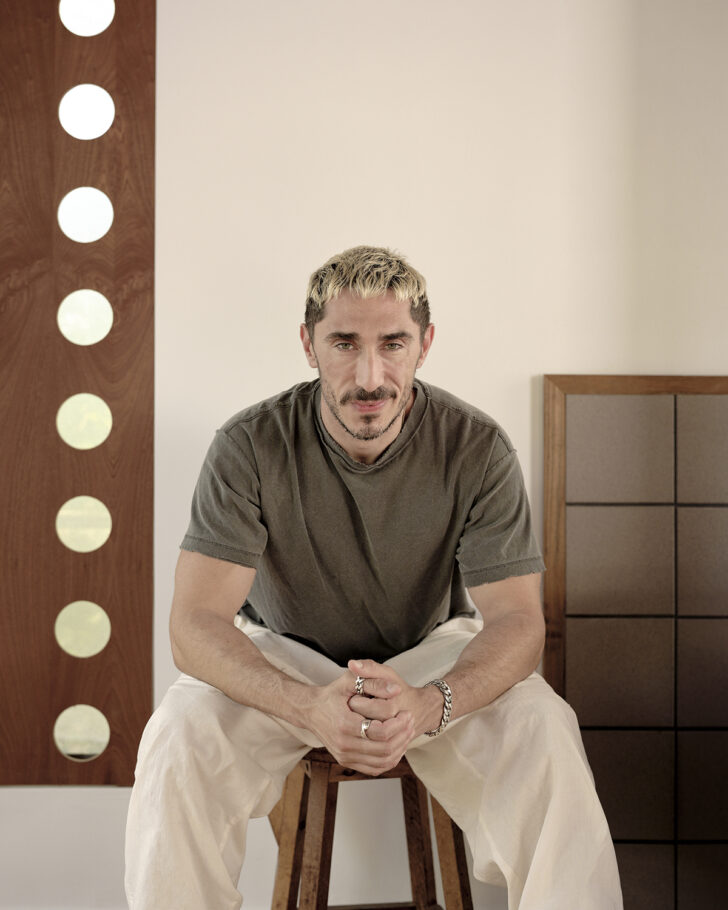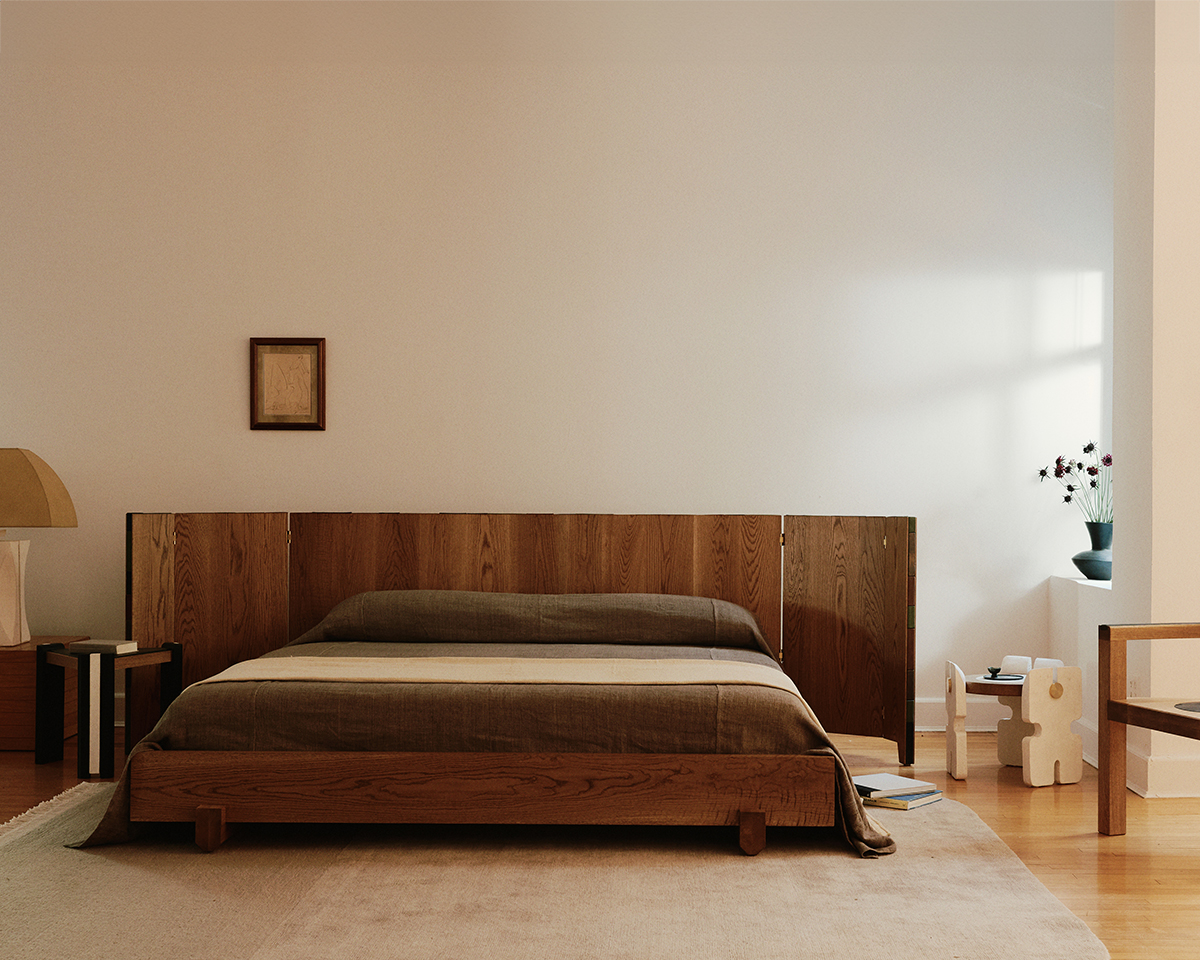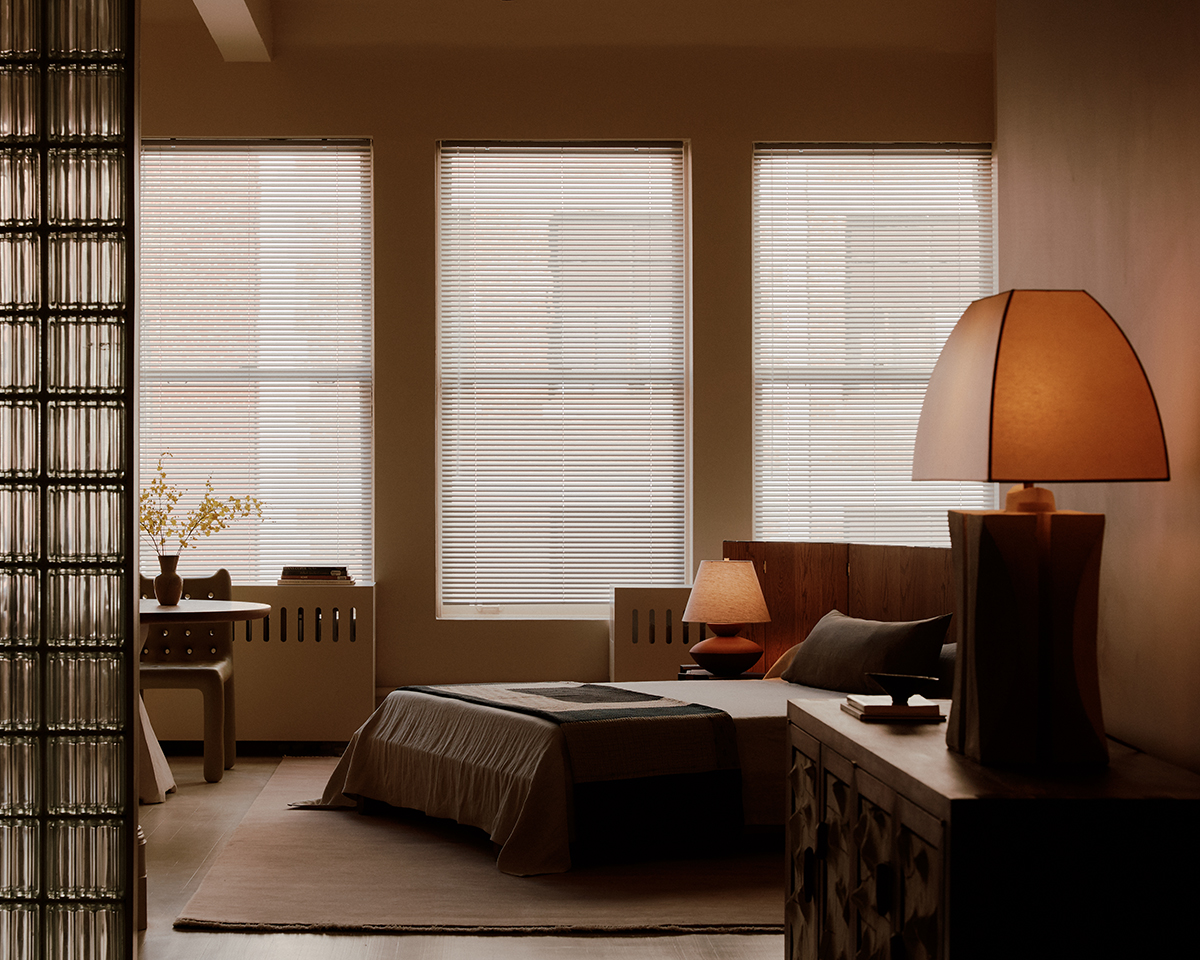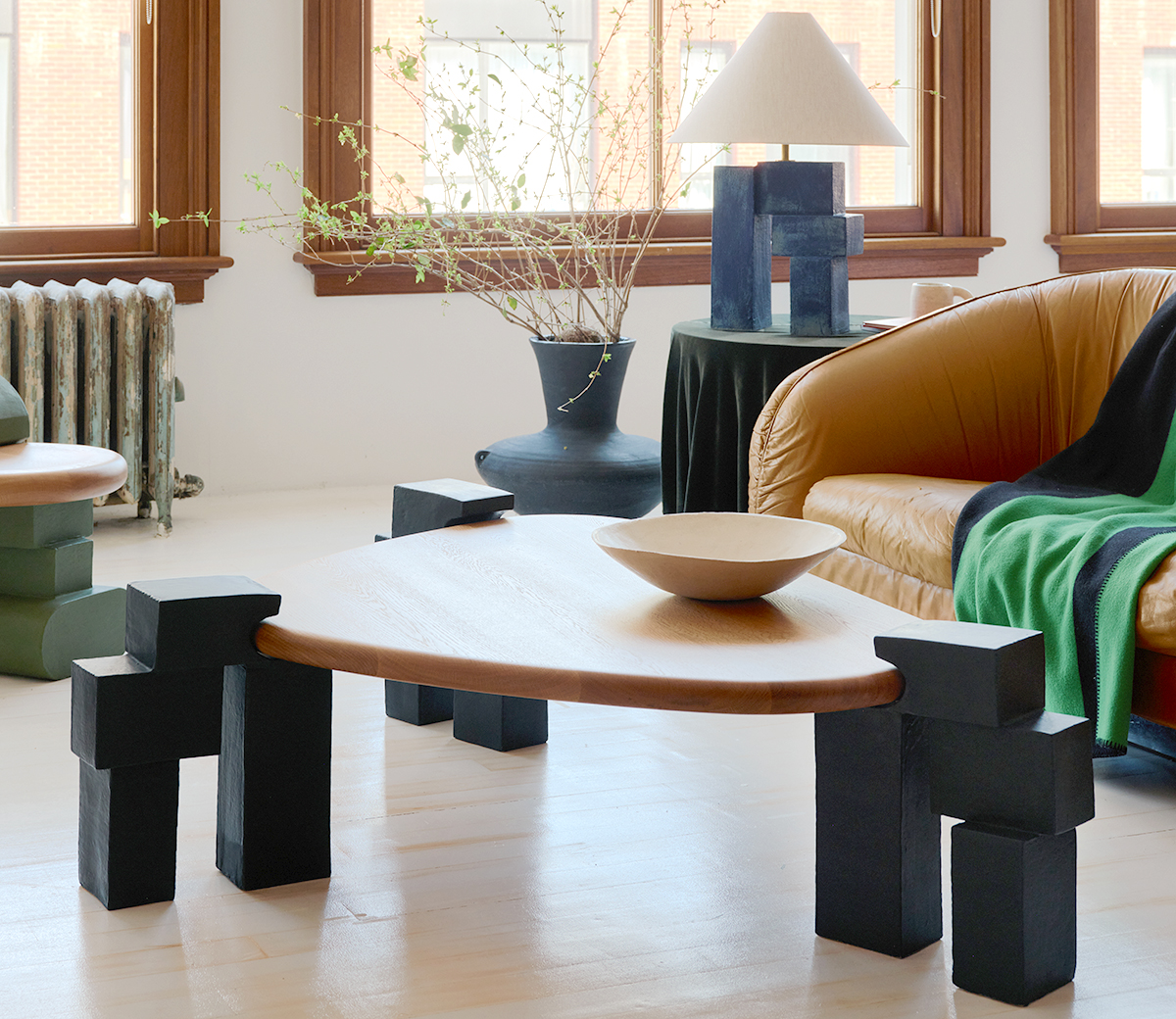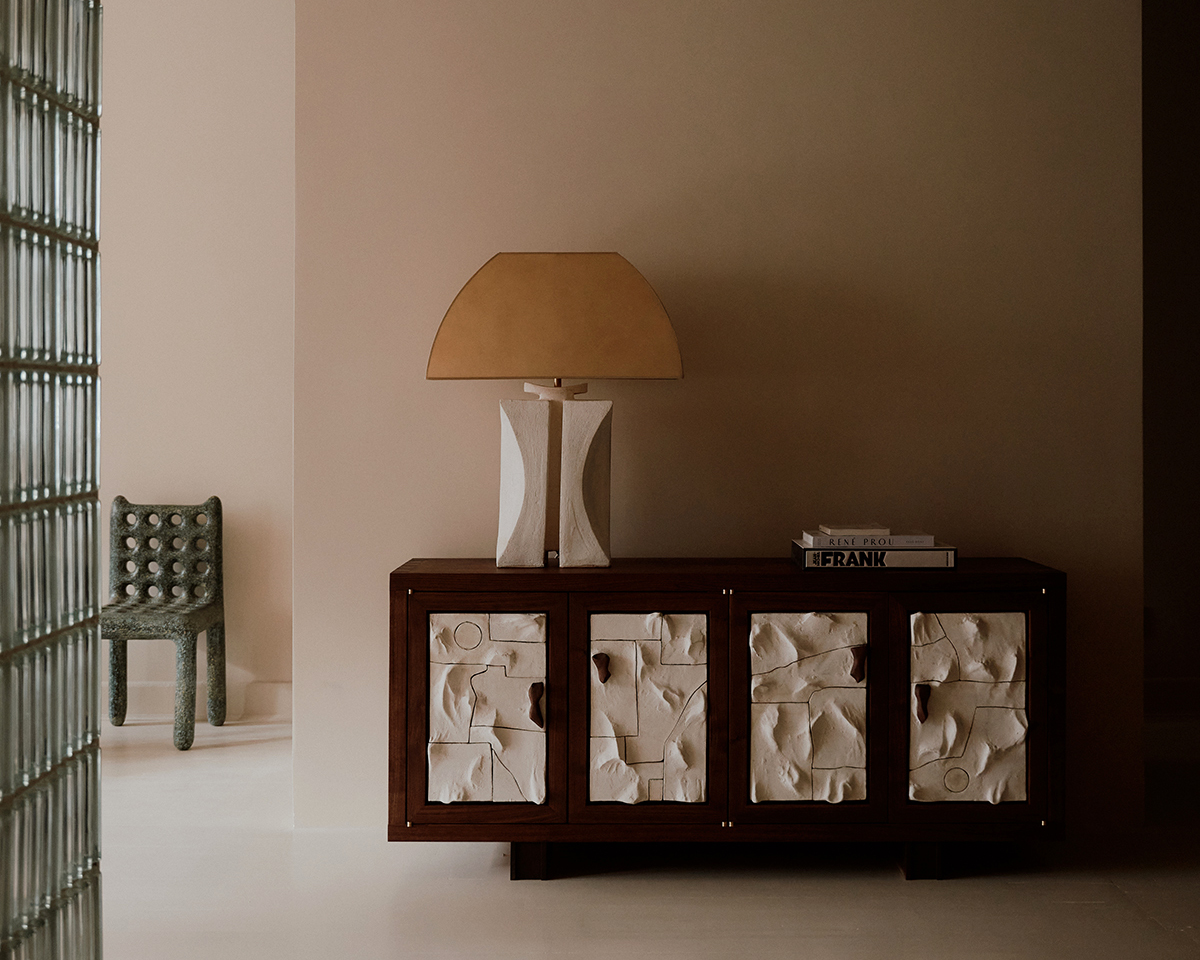
American Design Hot List 2024
Danny Kaplan
New York, dannykaplanstudio.com
Danny Kaplan started out as a prop stylist, and even as he’s made his name as a ceramicist, he’s retained the sensibility of someone whose job it is to constantly be playing with scale or texture, and bringing in different ingredients to make something elemental appear majestic. Not content to merely build with clay, Kaplan collaborates with a string of masters in other materials to add dimension to his work —Vince Patti of Lesser Miracle brought in woodworking chops, while a collaborative mirror with Joseph Algieri at the new DKS showroom allowed the designer to play around with resin. A metal furniture collection, forthcoming this spring, promises to take Kaplan’s work in an entirely new direction.
What is American design to you, and what excites you about it?
There’s an energy in American design today that feels both authentic and forward-thinking, and it’s inspiring to be part of a community that values different perspectives and cultural influences. American design thrives on a rich tradition of handcraft within a dynamic and evolving cultural context, and I think the rising demand for bespoke, one-of-a-kind items has reinvigorated interest in American design, particularly craft. In addition, “American Design” is defined by its openness to collaboration and the way it brings together diverse approaches. There’s a freedom here to explore cross-disciplinary partnerships that merge techniques, materials, and ideas that really excites me. The studio has been fortunate to partner with some amazing manufacturers, brands and artists, including In Common With, Kassandra Thatcher Studio, Stillmade, and Lesser Miracle. I love working with like-minded and talented designers because I love learning from them. Clay offers endless possibilities, and incorporating new materials like wood into our designs has been an exciting expansion into new object categories. Being part of a design community where collaboration is central allows for the kind of creative exchange that pushes boundaries and leads to unique work.
What are your plans and highlights for the upcoming year?
This next year is shaping up to be an exciting one for the studio. In late 2024, we opened our new showroom in NoHo, which serves as a dedicated space to showcase our work in a curated setting and connect directly with clients and collaborators. In early 2025, we will launch a new metal furniture collection — a complementary extension of our new Facet sconces that explore sculptural and geometric forms that draw on architectural influences and have introduced new materials and techniques into our process. In the spring, we will also launch our first rug collection, marking an exciting expansion into a new product category and material exploration that I am personally thrilled about. As always, we will continue to periodically add new pieces to our core ceramics line as well as new finishes. Beyond that, I’m eager to pursue collaborative projects with other designers and studios that align with my interest in exploring unexpected applications of form and material.
What inspires or informs your work in general?
I’m deeply inspired by the tactile nature of materials and the ways they can transform through the design process. Clay remains a foundational material in my work; it’s where every piece begins, and its immediacy allows for a very instinctual approach to design. Respect for the material underscores the importance of understanding its unique properties and potential, allowing artisans (myself included) to create with intention and care. I love the subjectivity and utility of ceramics — ultimately they serve a variety of purposes, both functional and decorative. And I really like elemental forms — orbs, spheres, cubes, etc. — simple shapes stacked elegantly with a focus on composition and balance are key tenets. Jean-Michel Frank’s influence on my ceramics and forms is profound and multifaceted. His dedication to minimalism and his ability to create strikingly simple yet elegant designs resonate deeply with my approach. In general, architectural forms, especially Brutalist and mid-century modern structures, also inform my work, as they often combine monumental presence with a sense of human scale and intimacy.
